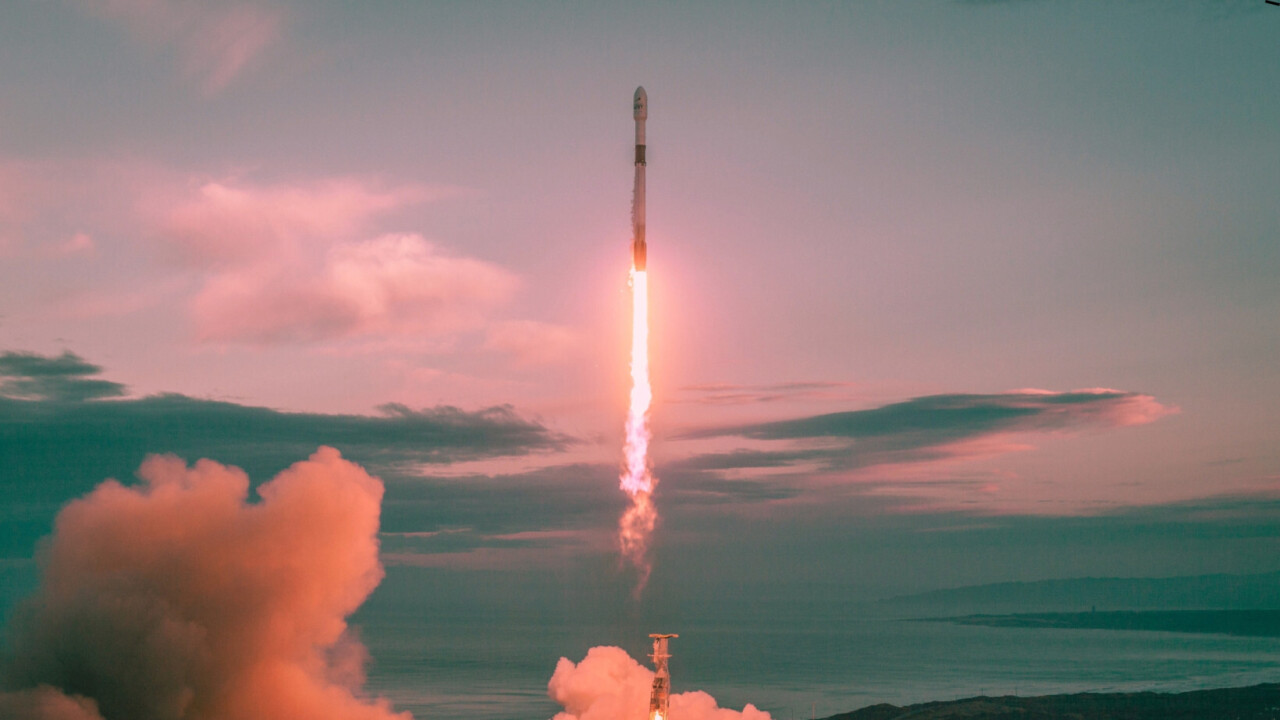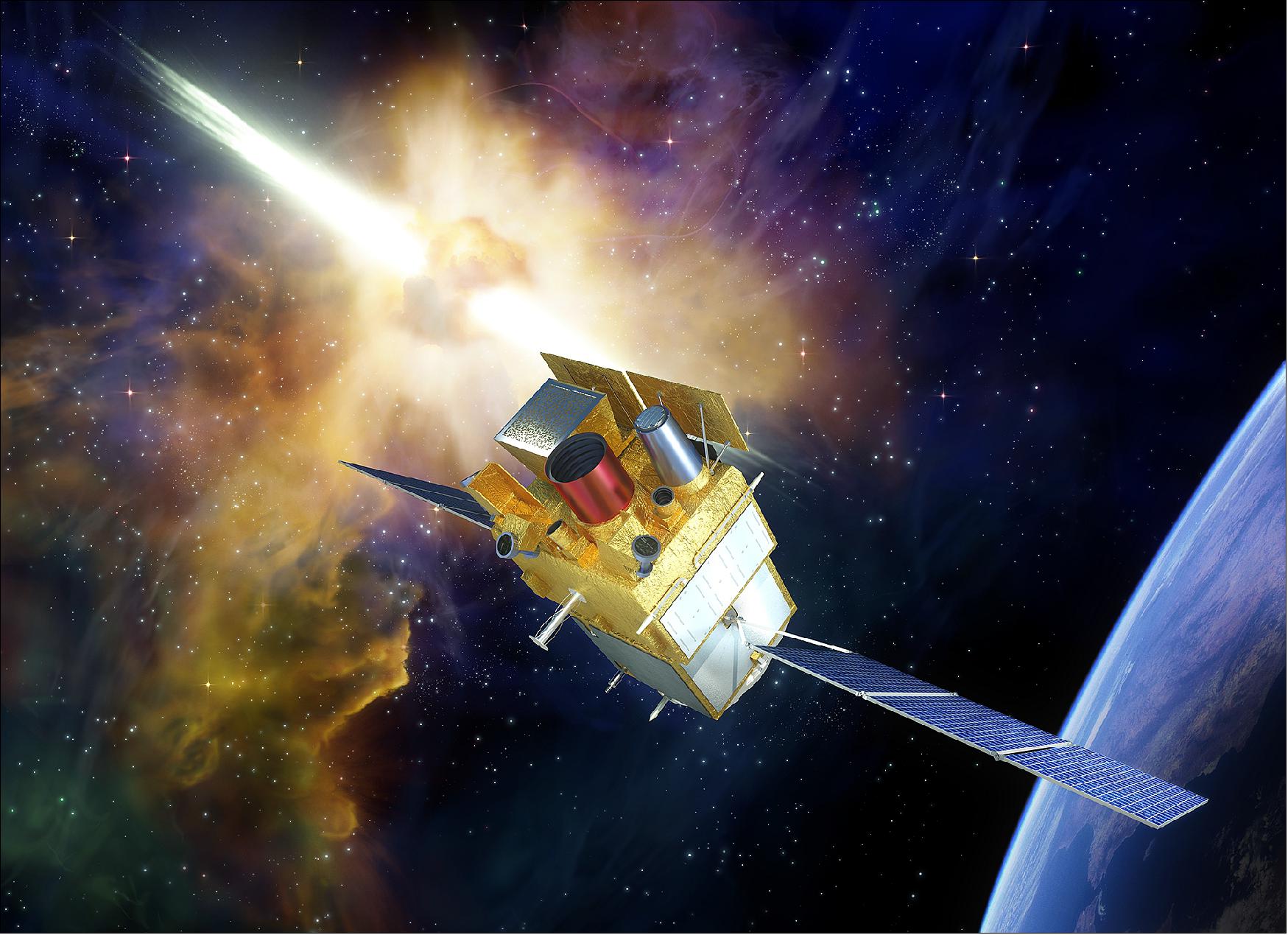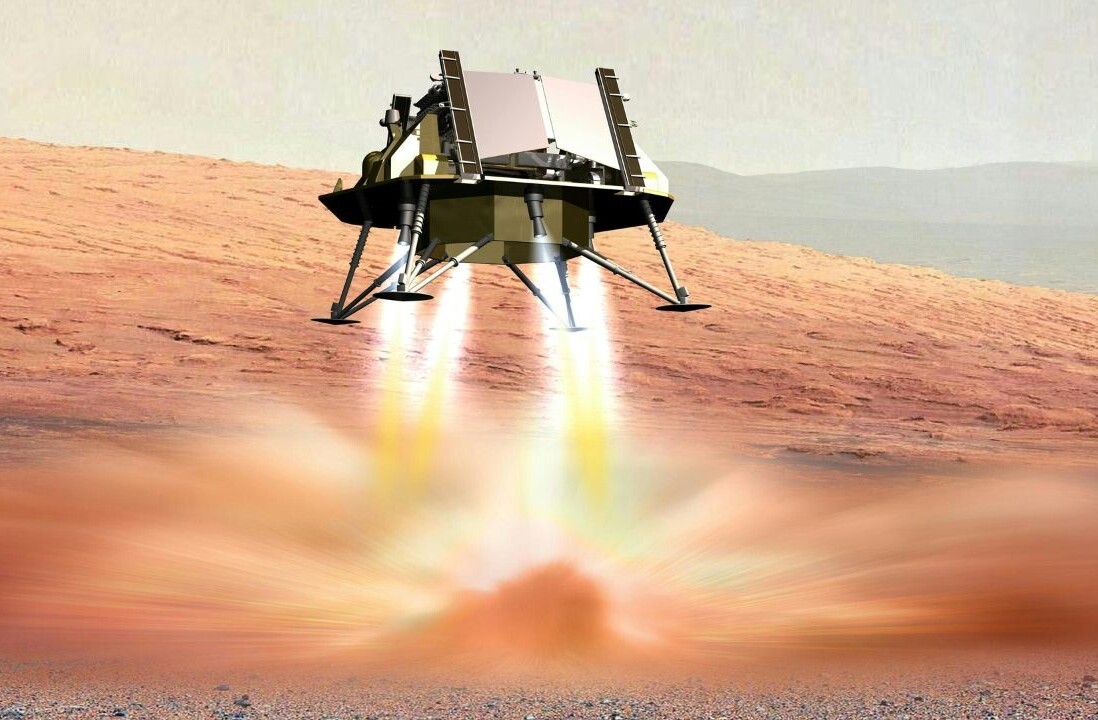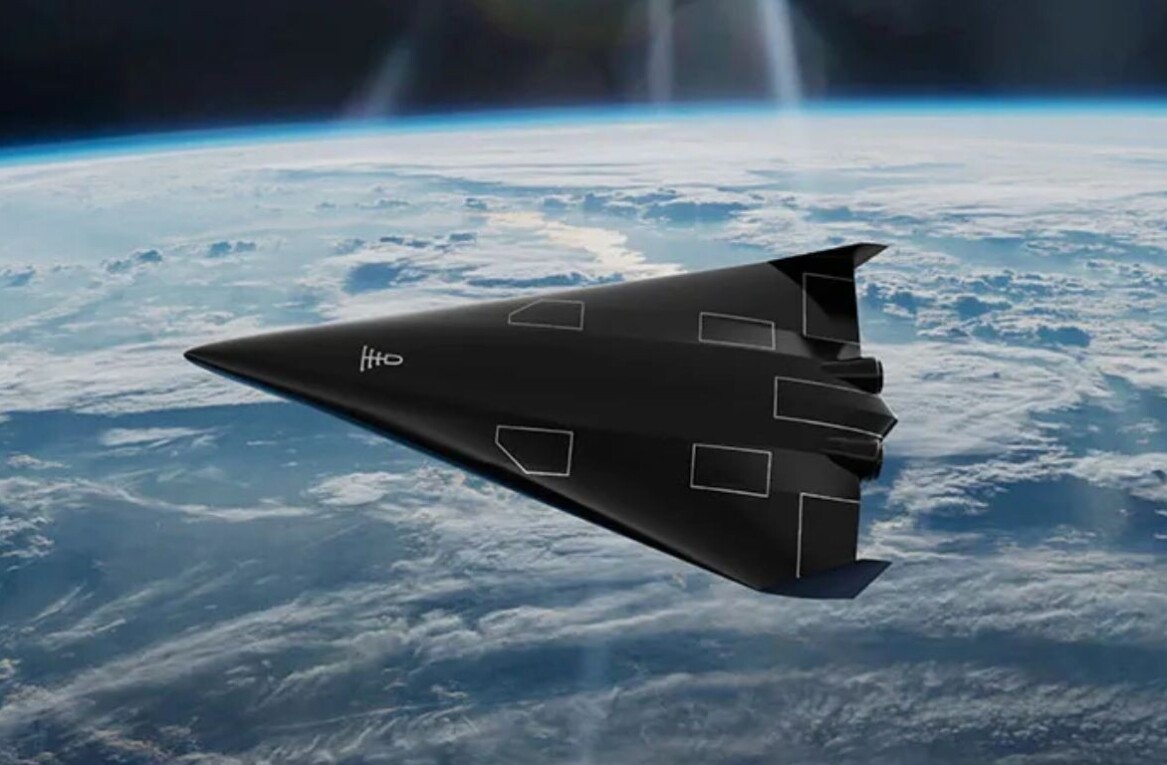
France and China blasted a new satellite into space on Saturday, in an increasingly rare example of cooperation between a Western power and the world’s second largest economy.
The Space Variable Objects Monitor (SVOM) launched atop a Long March 2C rocket from Xichang Satellite Launch Centre in southwestern China. The probe will survey the cosmos for gamma-ray bursts, the most powerful explosions in the universe.
Beijing Time June 22, 2024 15:00: China-France SVOM satellite was launched by Long March 2C rocket from Xichang Satellite Launch Center. 118th space launch in 2024, China’s 29th, 2nd this month, 4th for Long March 2C. Full HD:https://t.co/I19yRBYlQu pic.twitter.com/FJFhTteQr8
— CNSA Watcher (@CNSAWatcher) June 22, 2024
While the French and Chinese space agencies launched SVOM to study explosions in space, they may have inadvertently created one of their own, back down on Earth.
Rocket debris
A video posted to social media shortly after liftoff appears to show a rocket booster plummeting down from the sky, with people running for cover.
Trailing behind the rocket booster appears to be a cloud of orange smoke. Rocket expert Markus Schiller told CNN that the most likely cause was that the rocket booster was leaking a liquid propellant consisting of nitrogen tetroxide and unsymmetrical dimethylhydrazine (UDMH).
“It’s extremely toxic and carcinogenic,” Schiller said. “Every living being that inhales that stuff will have a hard time in the near future.”
Further details are scarce and the China National Space Agency (CNSA) has not yet commented on the viral video.
???? China successfully launched the SVOM satellite but scared the village with its fall.
▪️China sent into orbit the (SVOM) telescope satellite, developed jointly with France. The launch from the Xichang cosmodrome was unsuccessful.
➖ No one was injured as a result of the fall. pic.twitter.com/GHN0mMXfqV— Иван ☦ (@lll_Tatarinov_H) June 23, 2024
According to American space policy expert Greg Autry, instances like this are surprisingly common in China. While official statistics on rocket debris are unavailable, Autry points to examples that have been leaked to Western media.
For instance, this video from 2018, which allegedly shows a rocket booster crashing into the ground close to a small town in China. In December 2023, another rocket booster crashed to Earth following the launch of a Long March 3B rocket from Xichang, as seen below.
Heads up: it’s been a while, but this kind of falling booster action was a feature of the Long March 3B launches of Beidou satellites from Xichang. https://t.co/rRM0mQ2g0p https://t.co/UnFXaoGgC4 pic.twitter.com/7XkRCTFLaW
— Andrew Jones (@AJ_FI) December 26, 2023
We have reached out to the CNSA for comment.
The biggest explosions in the universe
While Chinese residents are having to dodge falling rocket junk, the SVOM satellite is now happily floating in orbit, 625 km above the Earth.
The probe has four state-of-the-art instruments, including a coded aperture camera, specifically designed to capture images of gamma-ray bursts.

Gamma-ray bursts are brief flashes of extreme electromagnetic radiation. Scientists have traced them to the birth of black holes or the collision of neutron stars. The cosmic beams radiate energy equivalent to the power of over a billion billion suns.
Scientists at the French and Chinese space agencies developed SVOM over the course of almost two decades. Joint space efforts at this level between the West and China are rare. This is especially true since the US banned all cooperation between NASA and Beijing in 2011.
SVOM will allow scientists in both regions to better understand the evolution of the universe. This includes the death of stars and the creation of black holes. The satellite is expected to observe over 80 gamma-ray bursts per year.
Get the TNW newsletter
Get the most important tech news in your inbox each week.





